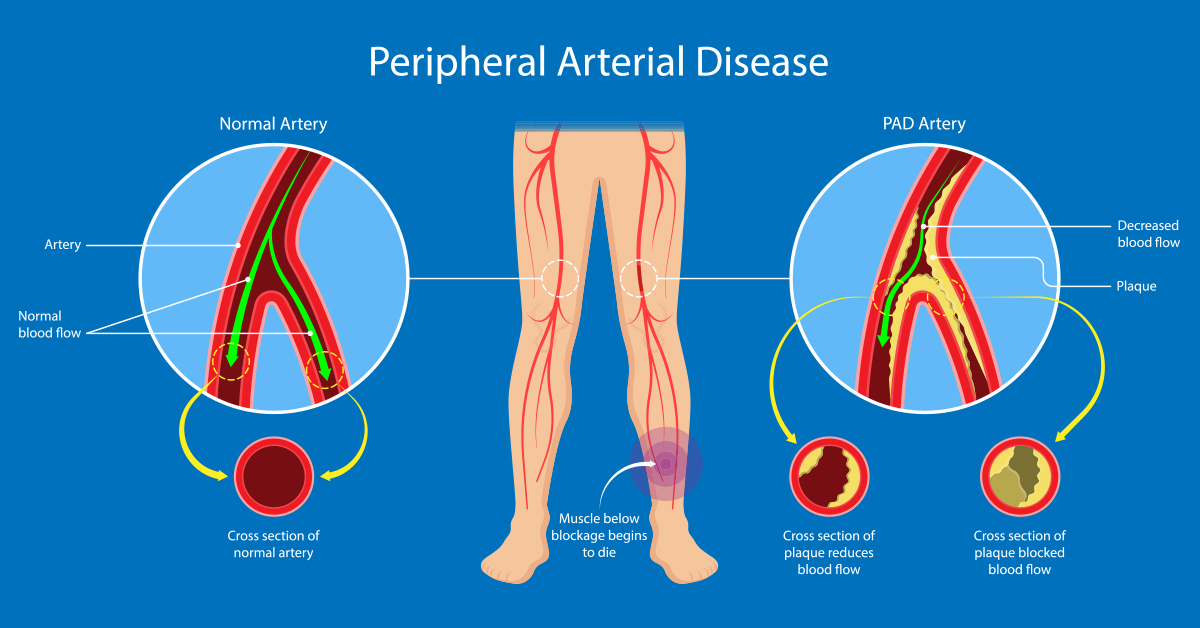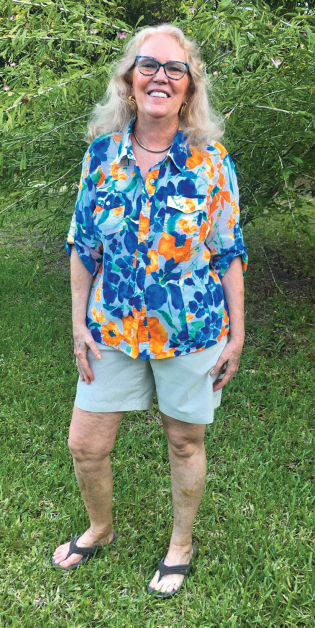

Susan Ross, 63, started her professional career as a painting contractor in her native New England. But one year, a hurricane-ravaged the US Virgin Islands, and Susan headed south to offer her services to the rebuilding effort. That trip changed her career – and her life. “I was flown to St. Thomas for an interview, and one of the first questions they asked was, Do you do concrete?” Susan recalls. “I said, No, that’s not anywhere on my resume. I take over after the concrete and rebar are done. They didn’t hire me. I don’t think they expected a 120-pound girl from New England to be able to do the work. “After that, I was staying with a friend who said, Why don’t you cook on boats? You love to sail, and you can cook. I said, What? There is such a job? I interviewed with a captain and told him I could sail and cook but had never done that job before. He hired me anyway, and for 10 years I played chef on some major yachts. “For four years I worked in the Caribbean, and it was just beautiful, the water and the people. Then, I got an offer for a job in Europe. It was a smaller boat, but the pay was good. It was incredible to see all the places in Europe. I even earned my captain’s license one fall, when the boat owners went home and I had nothing else to do.” Susan’s life changed again in July 2010, when she suffered a heart attack. Susan didn’t realize she was having a coronary when it was happening, but she wasn’t feeling well and called her neighbor, a nurse. He recognized the signs of a heart attack right away and drove Susan to the hospital. She was treated there and eventually felt better – for a while. “I saw my cardiologist every six months after that, and one day I said, My legs really hurt. What’s going on?” Susan remembers. “He sent me for an ultrasound, which showed that the blood vessels in my legs were obstructed and I needed a procedure ASAP.” Susan was diagnosed with peripheral arterial disease, or PAD, a condition in which plaque develops on the inside of the arteries, which can result in occlusion of blood vessels, or stenosis. PAD can also result in blood vessel blockages, which limit blood flow in the legs, causing pain. “My doctor performed an atherectomy, where he enters my leg through the groin artery on the opposite side,” Susan describes. “He travels down my leg and cleans out the plaque in my arteries. “I can feel an episode of PAD coming on, particularly in the arches of my feet. They feel like someone is shooting a nail gun into them. Sometimes, I feel it in my calves, depending on where the blockage is. They’re painful because they’re not getting enough blood flow.” Unfortunately, Susan’s PAD was severe. Over the years, she underwent numerous interventions, including atherectomy, balloon angioplasty and stenting, but they didn’t alleviate the problem. When her PAD progressed further, she consulted another specialist. “Eventually, I went to a vascular surgeon, who performed another ultrasound,” Susan relates. “He said, I’d like to do an artery bypass. That made sense to me. I thought, If my arteries are bad, let’s put in good arteries. We eventually did that, and everything was OK at first. But then my legs really started hurting again, and the nurse practitioner told me, There’s nothing more the doctor can do except amputate. “After that, I found another vascular surgeon who recommended an artery bypass using a cadaver artery. That worked for about 10 days, then I got a phone call from the doctor who said there was nothing else he could do. Amputation was inevitable.” Exasperated, Susan visited another physician who empathized with her. She tried a few treatments to no avail then referred Susan to Robert J. Kennedy, MD, a board-certified vascular and interventional radiologist at Interventional & Vascular Center in Melbourne. Dr. Kennedy and his partner, Brian L. Dunfee, MD, also a board-certified vascular and interventional radiologist, use minimally invasive, image-guided techniques to treat leg pain and conditions such as those impacting Susan.
Unique Approach
Susan visited Dr. Kennedy in a desperate attempt to stave off amputation, and Dr. Kennedy provided her with hope by recommending an innovative method for opening the blocked blood vessels in Susan’s legs. This painless, minimally invasive approach accessed the obstructed vessels indirectly through one of her bypass grafts, not through the groin as is done with most endovascular interventions. “There were stents through the main arteries in Susan’s thigh that were occluded, so we decided to take a novel approach to addressing that by opening up the blood vessel below her knee,” Dr. Kennedy explains. “We were able to access that blood vessel indirectly through one of her failed bypass grafts. “During the procedure, which was performed in our outpatient center, we entered Susan’s bypass graft and directly accessed the occluded blood vessel using ultrasound. We moved catheters and wires through the vessel in both directions to completely open up the occluded artery. “While we had access to her artery, we performed an atherectomy to remove plaque from the inside of the blood vessel and a balloon angioplasty to create new channels for blood flow.” The novel procedure was performed on Susan three years ago. It succeeded where the other treatments did not by providing Susan with continuous blood flow through her leg. But there is no cure for PAD, so Susan receives periodic maintenance treatments to preserve the flow of blood through her stents and below her knee all the way to her foot. “Dr. Kennedy performed atherectomies on both legs,” Susan relates. “He’s also used drug-eluting balloons, which are now FDA-approved. Dr. Kennedy places one of those balloons in a blocked blood vessel, inflates it and when he inflates that balloon, it’s full of drugs that attach to my artery wall, leading to a more effective treatment. “I’m a regular patient at Interventional & Vascular Center. Whenever I feel symptomatic, I call the staff at the office and they schedule me for a procedure ASAP.”
“I’m Walking Around”
Susan realizes that she may forever experience some pain in her legs from PAD, but she finds that acceptable compared to the alternative. She’s grateful that she took a chance on Dr. Kennedy’s treatment. “When Dr. Kennedy explained the procedure, he told me he couldn’t guarantee it would work, but I said, If you want to try it, I’m your willing guinea pig,” Susan recalls. “In the end, though, the procedure was successful. I’ve had blood flowing in my legs ever since. “Three years later, I have two legs and I’m walking around. Dr. Kennedy saved my legs and my life. He’s very knowledgeable and smart, and he really cares about his patients. He’s a godsend. I trust him with my life.”









Leave a Reply